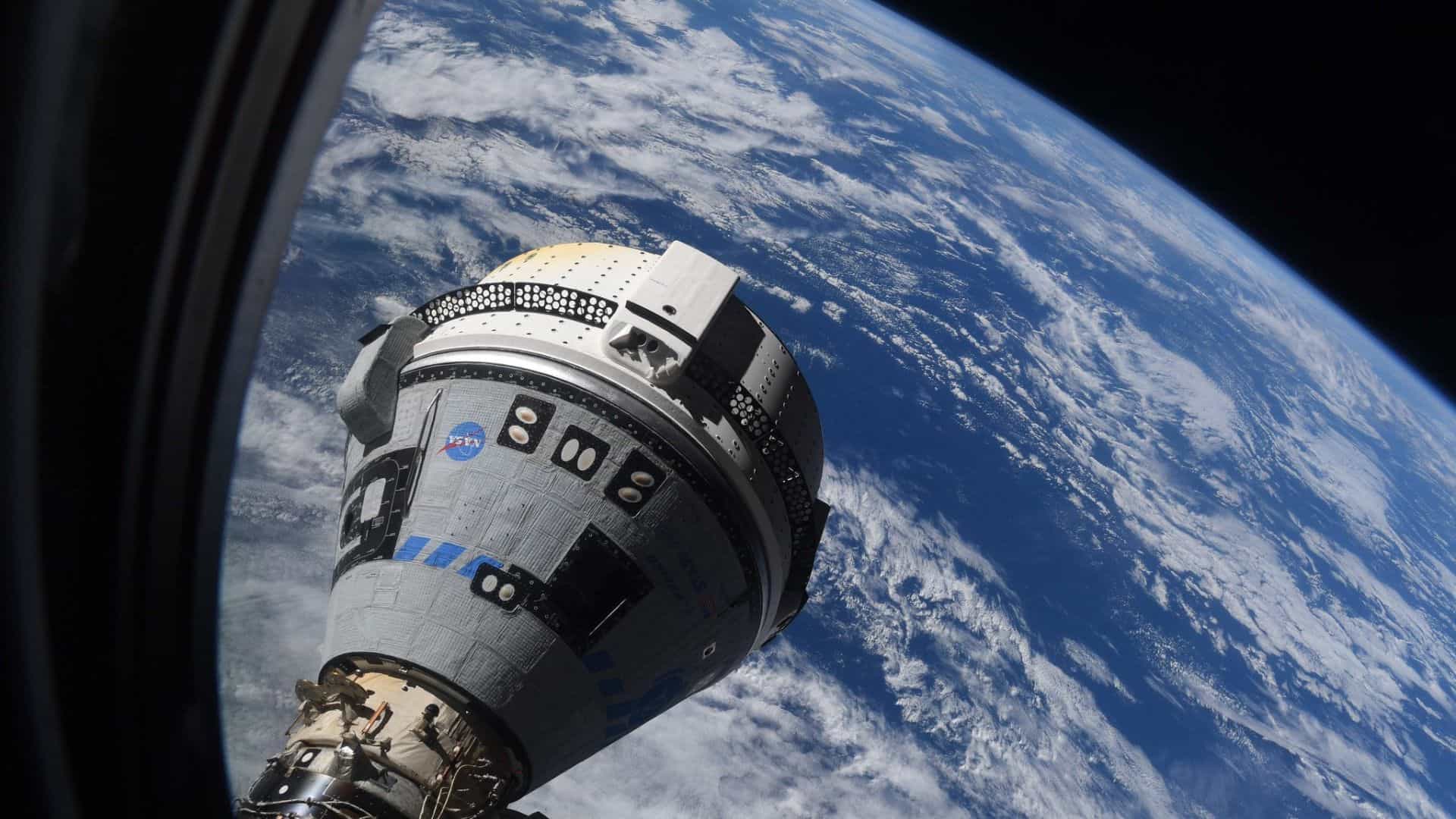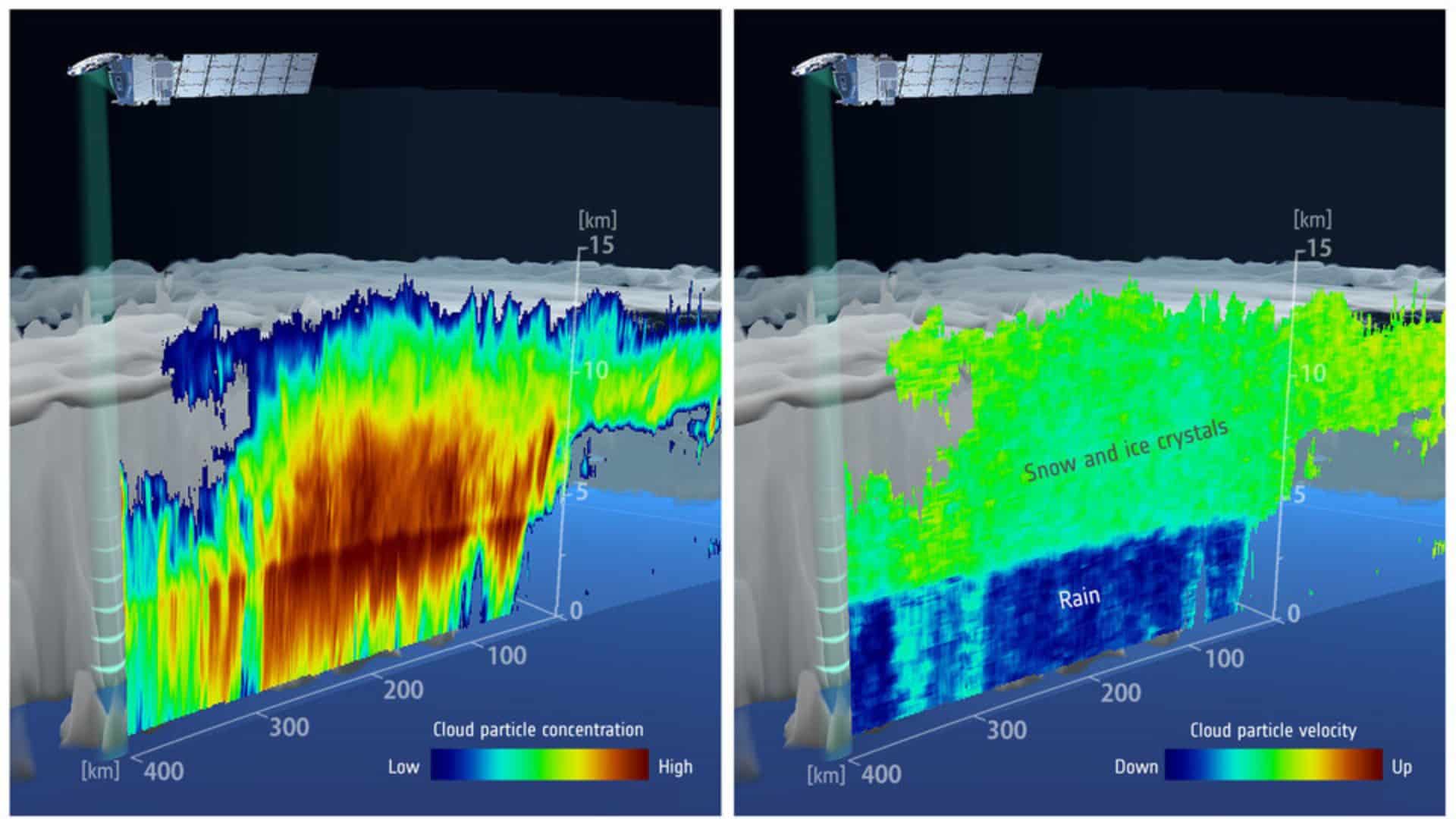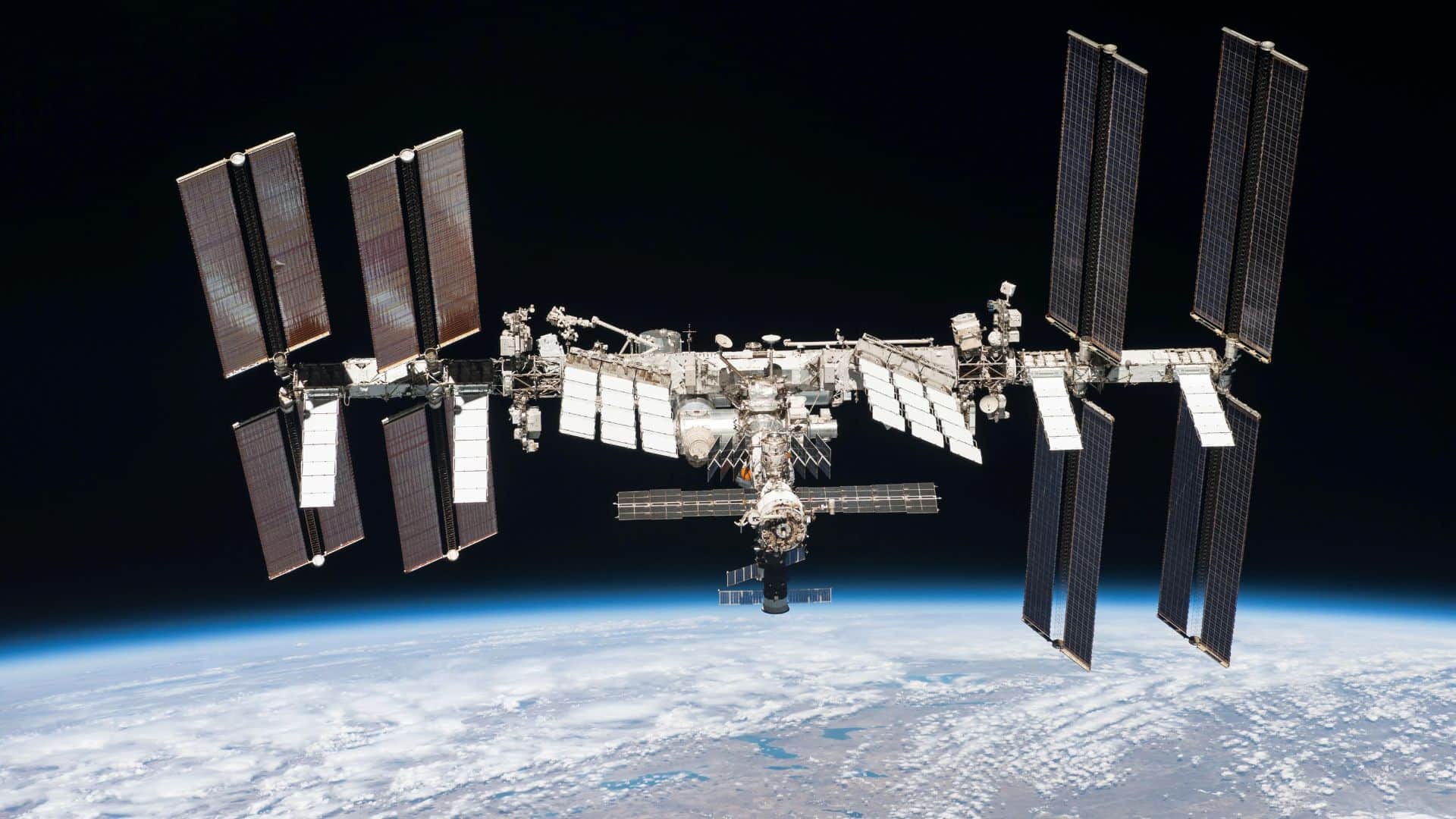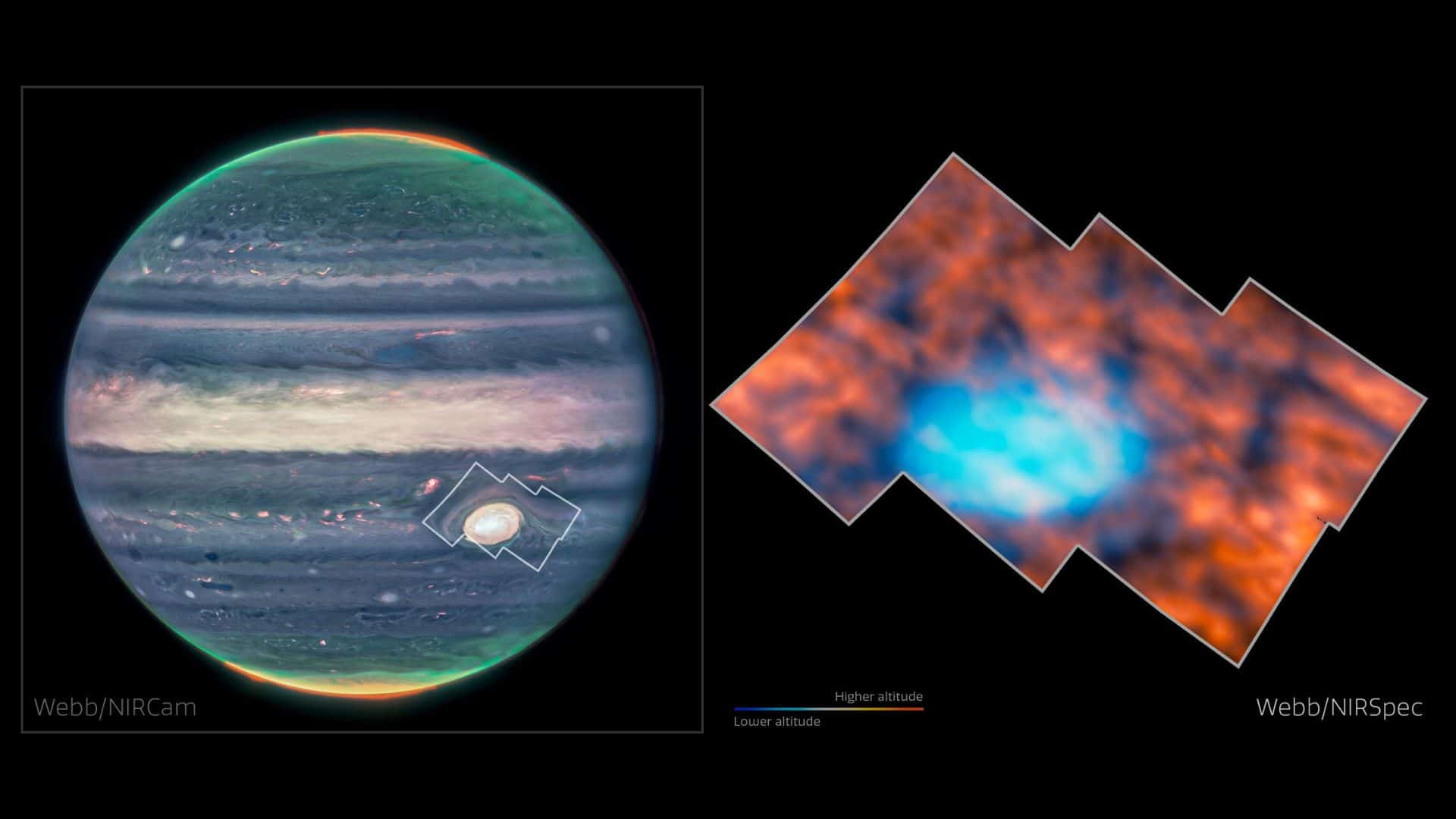An American spacecraft named Odysseus landed on the lunar surface for the first time in more than 50 years on Thursday, February 22, 2024, at 6:23 p.m. EST (23:23 UTC).
An American private company Intuitive Machines builds this Odysseus spacecraft.
The landing of Odysseus on the lunar surface was not smooth. A few hours ahead of landing, Intuitive Machines encountered a software glitch with their navigation system. As a result, the lander could crash on the lunar surface.
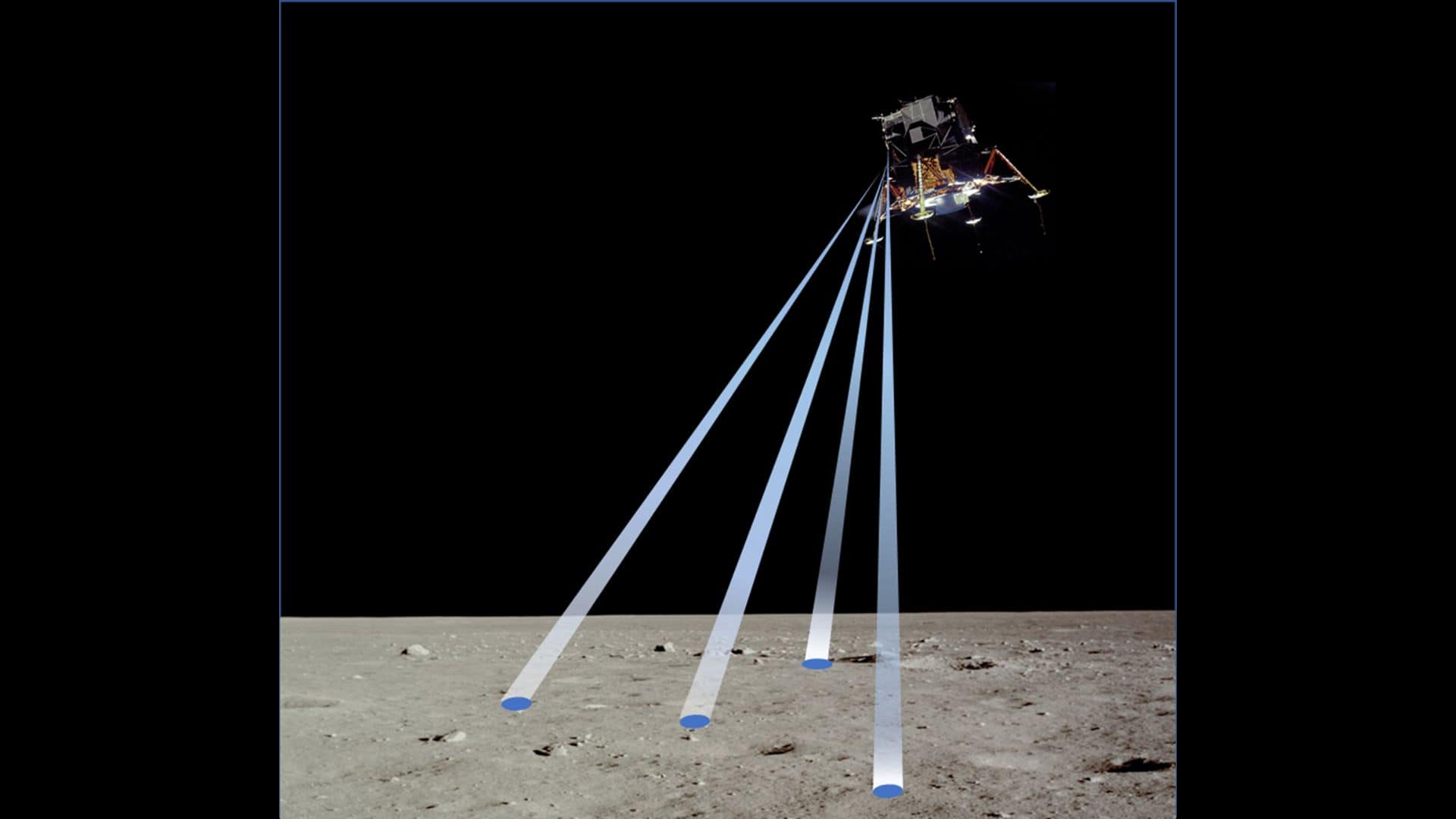
However, one of NASA’s onboard instruments, the Navigation Doppler Lidar (NDL), played a crucial role during the final descent and helped Odysseus make a soft landing.
This Navigation Doppler Lidar (NDL) instrument was mounted on the outside of the Odysseus spacecraft to get a clear view of the ground.
How does Navigation Doppler Lidar (NDL) instrument work?
NASA’s Navigation Doppler Lidar for Precise Velocity and Range Sensing (NDL) instrument measures speed, direction, and altitude with high precision during the descent and touchdown of a spacecraft.
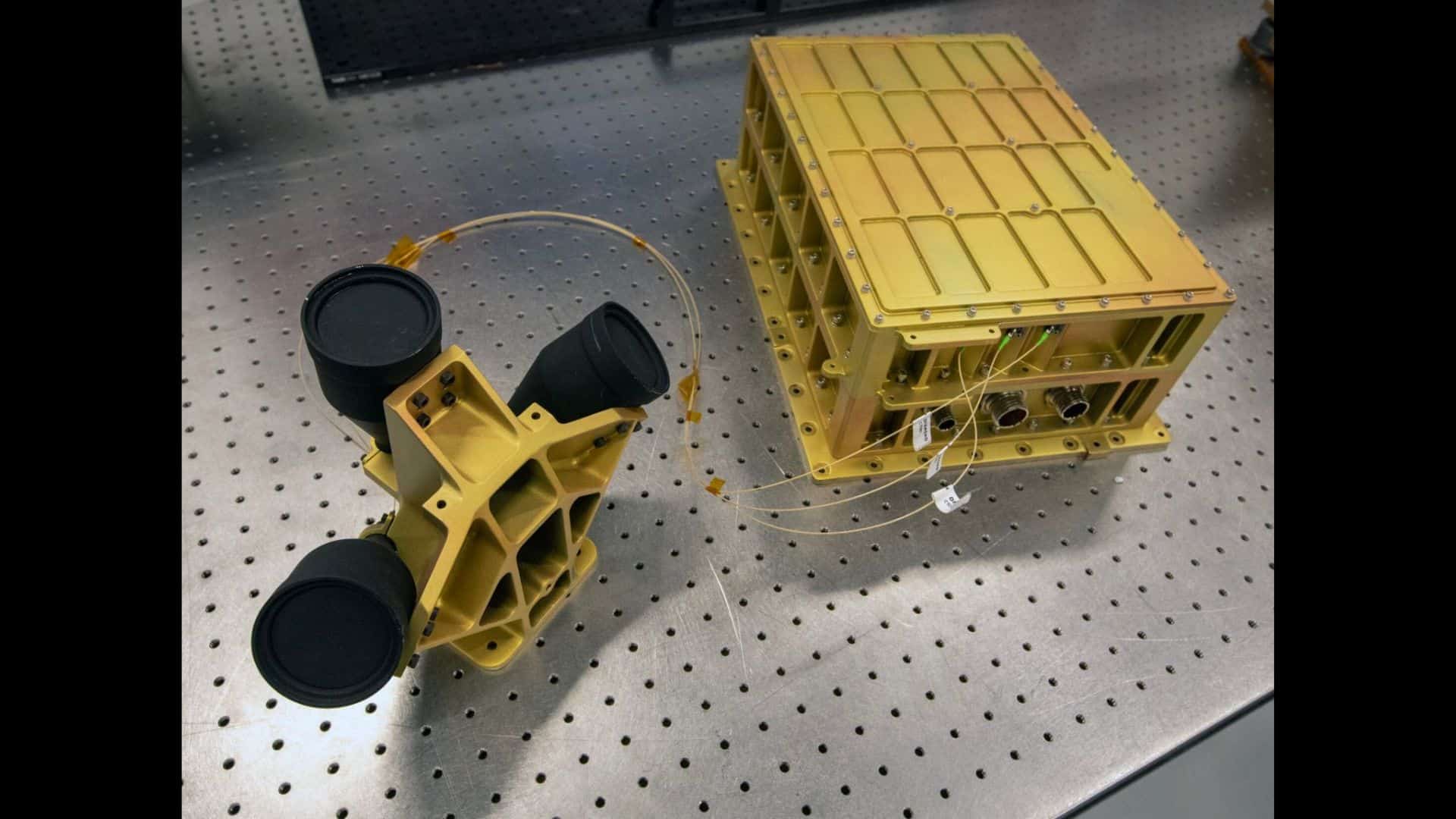
NASA’s Langley Research Center, located in Hampton, built this Navigation Doppler Lidar (NDL) instrument, whose weight is 15 kg. It is a LIDAR-based (Light Detection and Ranging) sensor composed of an optical head with three small telescopes and a box with electronics and photonics.
NDL uses lasers to provide extremely precise velocity and range (distance to the ground) sensing during the descent and landing of the lander.
This instrument operates on the same principles of radar, similar to a police radar detector, but uses pulses of light from a laser instead of radio waves and with very high accuracy.
Read the scientific paper to know more about NASA’s Navigation Doppler Lidar instrument.
Why did NASA help the private company Intuitive Machines for moon landing?
The mission of Odysseus spacecraft called Intuitive Machines one (IM-1) is a part of NASA’s CLPS (Commercial Lunar Payload Services) initiative.
Related article: US private moon lander Odysseus makes historic lunar landing
Currently NASA is working with several American companies to deliver lots of scientific and technological instruments to the lunar surface. This initiative is called CLPS (Commercial Lunar Payload Services).
Through this initiative, NASA wants to access the moon frequently and wants to make a permanent moon base.
NASA has a plan to send astronauts later this decade through Artemis program again after the crewed Apollo 17 mission in 1972.
Now moon landing is tough, and these private companies don’t have enough prior experience. That’s why NASA is helping them.
The Odysseus spacecraft delivered 12 payloads (instruments) to the lunar surface, including six instruments from NASA’s CLPS (Commercial Lunar Payload Services) initiative. NASA’s Navigation Doppler Lidar (NDL) was one of the onboard instruments.
Intuitive Machines One (IM-1) is the second mission under NASA’s CLPS (Commercial Lunar Payload Services) initiative. However, the first mission under NASA’s CLPS failed as the spacecraft suffered a propellant (fuel) leak en route to the moon.
Related article: Know about the failure of first lunar mission under NASA’s CLPS initiative
Please follow us on Facebook and Twitter to get latest space news, upcoming skywatching events and astronomy-related content.
